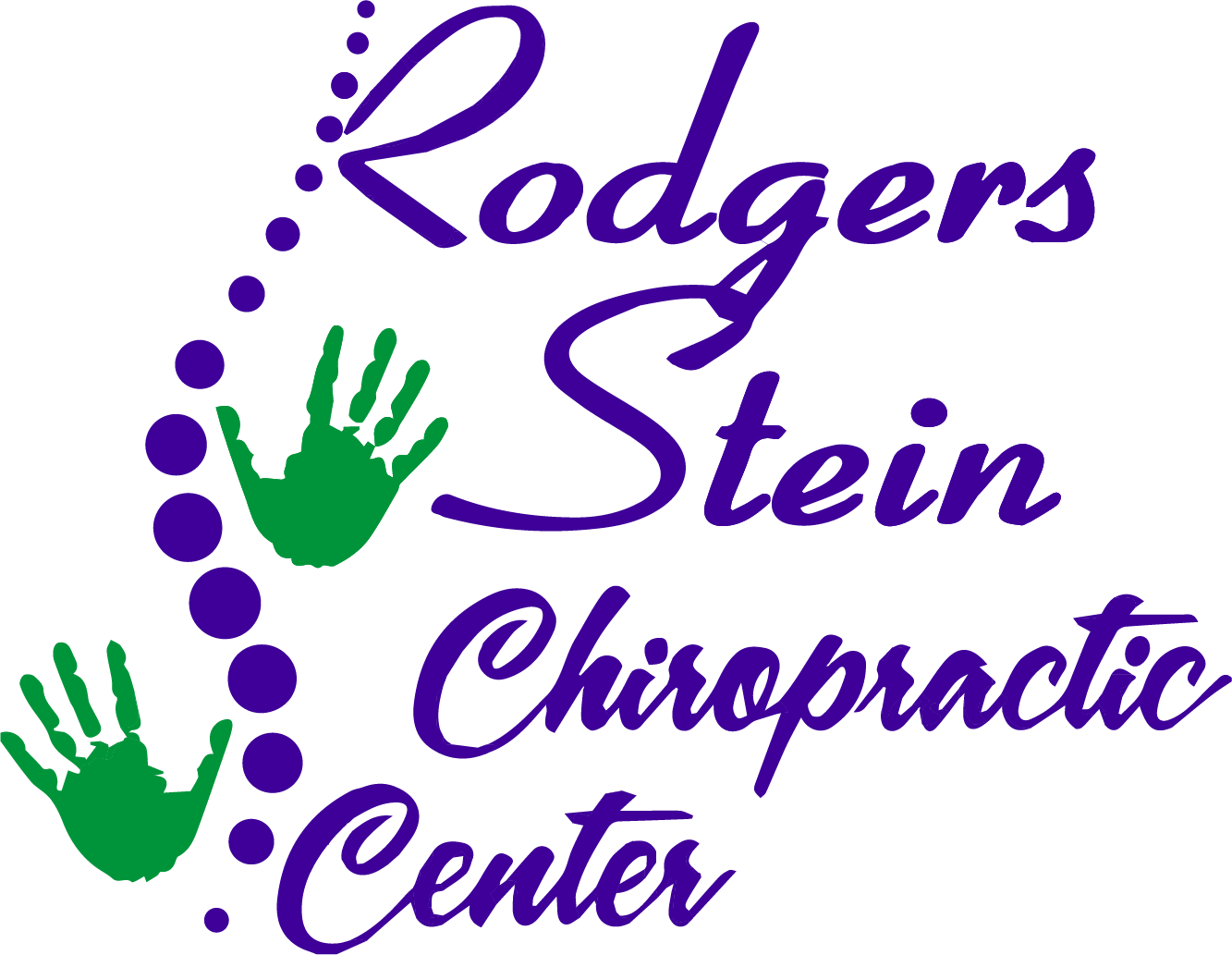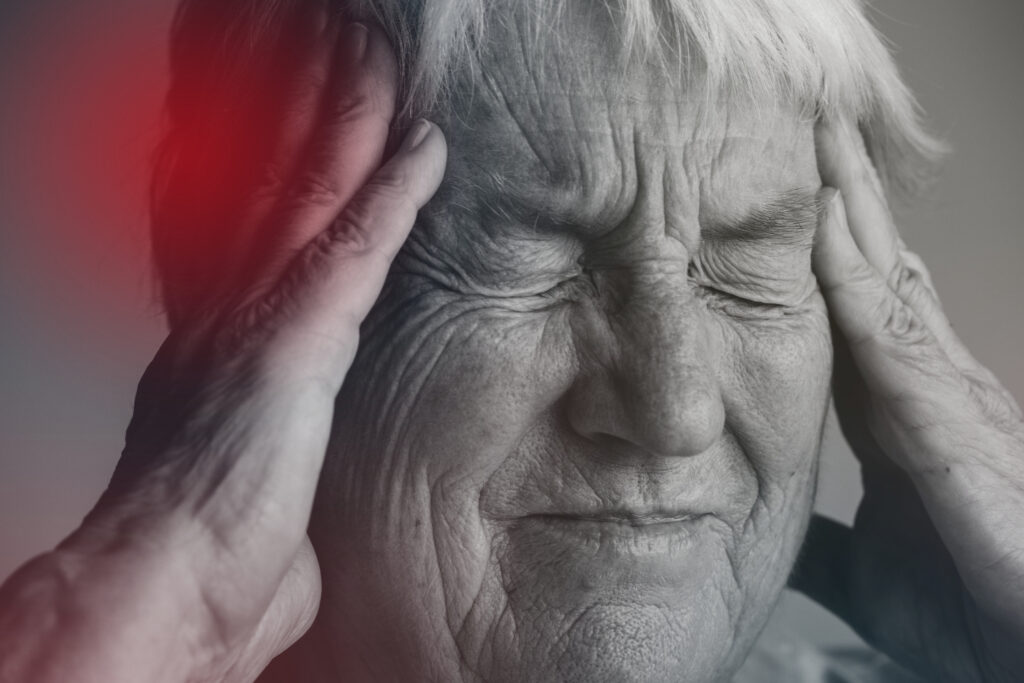Back pain is one of the most pervasive health complaints worldwide. Nearly everyone, at some point in life, will experience some form of back discomfort — whether mild stiffness, a stiff lower back after lifting something heavy, or chronic pain that impacts daily function. Because of its high prevalence, back pain is both a personal burden (on quality of life) and a societal burden (in lost productivity, medical costs, disability).
While there are many approaches to manage and treat back pain — from medications to surgery, from physiotherapy to exercise to alternative therapies — chiropractic care remains a popular and non-invasive option that appeals to many because it seeks to address spinal mechanics, joint mobility, and nervous system function without relying mainly on drugs or invasive interventions.
Common Causes of Back Pain
Back pain is not a single disease — it is a symptom, and behind it lies a spectrum of potential causes. Some causes are benign and temporary; others are more serious. Understanding the underlying source is key to choosing an effective treatment. Below are the most common categories:
1. Mechanical / Musculoskeletal Causes
These are by far the most common causes of back pain, especially in younger and middle-aged adults.
a) Muscle strain, ligament sprain, soft tissue injury
One of the simplest explanations: overuse, sudden stretching, twisting awkwardly, lifting heavy loads incorrectly — these can strain muscles or ligaments in the back. Inflammation, microtears, and protective muscle spasm follow, producing pain, stiffness, and limited movement.
This is especially common when the back muscles are weak, deconditioned, or fatigued.
b) Postural stress, poor ergonomics, sedentary lifestyle
Modern lifestyles often involve prolonged sitting (desk work, driving), slouched postures, forward head or rounded shoulders, and poor lifting mechanics. Over time, these postural imbalances create chronic loading on certain spinal segments, muscle imbalances, and joint stress, which can lead to chronic low-grade pain and eventually more structural changes. Many chiropractic blogs flag “poor posture” as a frequent culprit.
Excessive sitting shortens hip flexors, weakens glutes and core, and shifts load to the spine.
c) Degenerative disc disease / disc wear & tear
Intervertebral discs act as cushions between vertebrae. Over time (aging, repetitive load, microtrauma), discs lose hydration, height, and elasticity. This degenerative process can gradually reduce disc space, lead to disc bulges or protrusions, and increase loading on facet joints and ligaments.
Although “degenerative disc disease” is a somewhat misleading term (everyone has some degeneration with age), in susceptible individuals it becomes symptomatic.

d) Herniated / bulging / slipped discs
A disc herniation occurs when the inner nucleus pulposus (gelatinous core) pushes through or bulges the outer annulus fibrosus, potentially compressing or irritating adjacent nerves. This can lead to radiating pain (sciatica), numbness, tingling, or weakness in the legs (for lumbar herniations).
In many cases, disc bulges are part of the degenerative process and may be asymptomatic — but when nerve compression or inflammation occurs, symptoms may arise.
e) Spinal stenosis / neural impingement
Spinal stenosis refers to narrowing of the spinal canal (or neural foramina) that can compress the spinal cord or nerve roots. In the lumbar spine, this often causes pain, numbness, or cramping in the legs — especially when walking or standing (neurogenic claudication).
Bone spurs (osteophytes), thickened ligaments, and disc bulging all contribute to this narrowing.
f) Spondylolisthesis
This is a condition in which one vertebra slips forward relative to the one below it. The slippage can impinge nerves, destabilize spinal segments, and cause back pain in Conroe/Huntsville, especially when the slippage is dynamic (changes with motion) or associated with instability.
g) Facet joint syndrome / facet arthropathy
Facet joints (the joints connecting vertebrae posteriorly) can degenerate, become arthritic, inflamed, or mechanically stuck. Pain often is localized, worse with extension or twisting, and may be aggravated by prolonged standing or leaning backward.
h) Sacroiliac (SI) joint dysfunction
The sacroiliac joints (between the sacrum and ilium) transmit forces between the spine and pelvis. Misalignment, asymmetry, ligament strain, or hypermobility in the SI joints can lead to back pain (often in the lower back, buttocks, and even sometimes radiating to the thigh).
It is sometimes underdiagnosed, as distinguishing SI pain from lumbar disc or low back pain can be challenging.
2. Non-Mechanical / Systemic Causes & Secondary Back Pain
While mechanical causes dominate, certain non‐musculoskeletal or systemic conditions can mimic back pain or contribute to it. These are important to consider, especially when red flags are present.
- Inflammatory diseases (e.g., ankylosing spondylitis, rheumatoid arthritis) — back pain with stiffness, worse in the morning, improves with activity.
- Infections (spinal osteomyelitis, discitis) — often accompanied by fever, elevated inflammatory markers.
- Fractures (osteoporotic compression fractures, traumatic vertebral fractures) — sudden onset pain, especially in older people or those with weakened bones.
- Tumors / malignancy — primary or metastatic spinal tumors may present as persistent back pain not relieved by rest, and possibly neurological symptoms.
- Visceral causes — e.g. kidney stones, abdominal aortic aneurysm, pancreatic conditions — these can refer pain to the back.
Because these conditions potentially require urgent medical evaluation, chiropractors and other providers must screen for red flags (e.g. unexplained weight loss, fever, neurological deficits, bowel or bladder incontinence) before applying manipulative treatments.

3. Risk Factors that Exacerbate or Predispose
These factors may not directly cause back pain, but they increase the likelihood or worsen prognosis:
- Age — more degenerative changes with aging
- Obesity / excess weight — more load on spinal structures
- Sedentary lifestyle, lack of core strength
- Poor physical fitness, weak core and back muscles
- Smoking — impairs disc nutrition and healing
- Poor lifting technique, carrying heavy loads improperly
- Jobs requiring bending, twisting, heavy work, repetitive movements
- Psychosocial stress, depression, anxiety — these can amplify pain perception, muscle tension, and chronicity
- Poor sleep, nutritional deficiencies
- Prior back injury or surgery
4. Acute vs. Chronic Back Pain
It’s useful to differentiate between:
- Acute back pain — typically onset is sudden (lifting, twisting, trauma), and lasts days to weeks.
- Subacute / persistent — lasting 6 to 12 weeks
- Chronic back pain — lasting more than 12 weeks, often involving structural changes, muscle adaptations, and sometimes central sensitization (pain pathways becoming hypersensitive).
Chiropractic and other conservative modalities tend to be more effective in the acute-to-subacute phases, but even for chronic pain, they may help improve function and quality of life.

How Chiropractic Care Helps Back Pain
Chiropractic care is rooted in the principle that the body heals best when the spine and nervous system function properly. Instead of masking symptoms with medication, chiropractors at Rodgers Stein Chiropractic in Conroe/Huntsville focus on identifying and correcting the cause of pain.
Here’s how chiropractic treatment can help relieve and prevent back pain:
1. Spinal Adjustments
These are the cornerstone of chiropractic care. Adjustments gently realign the spine, relieve pressure on nerves, and restore proper movement to joints. Many patients feel immediate relief and improved range of motion after a session.
2. The Cox Technic
This non-surgical treatment uses controlled and specific manipulation combined with traction and decompression to stretch the spine and create negative pressure between discs. It’s especially effective for herniated or bulging discs and helps improve nutrient flow for faster healing.
3. Soft Tissue Therapy
Chiropractors may use massage, trigger point therapy, or myofascial release to reduce muscle tension and improve circulation. This complements spinal adjustments and helps the body maintain alignment.
4. Corrective Exercises
Targeted exercises strengthen weak muscles, stretch tight ones, and help maintain spinal stability. Chiropractors customize these routines to your condition and fitness level, ensuring safe and lasting results.
5. Posture and Ergonomic Coaching
Your chiropractor can assess your workstation, sleep habits, and daily posture, then recommend changes to reduce stress on your spine. Small adjustments to your setup can make a big difference in long-term comfort.
6. Lifestyle and Nutritional Support
Inflammation plays a big role in back pain. Chiropractors often offer nutritional guidance to help patients adopt anti-inflammatory diets and maintain a healthy weight — both crucial for spinal health.
The Benefits of Chiropractic Care for Back Pain
Choosing chiropractic care means choosing a natural, whole-body approach to health. Here are some of the top benefits patients experience:
- Drug-free pain relief
- Improved mobility and flexibility
- Better posture and balance
- Reduced muscle tension and stiffness
- Faster recovery from injuries
- Enhanced nervous system function
- Long-term spinal health and prevention
Many patients also report better sleep, improved energy, and reduced stress as their nervous system begins to function optimally again.
What to Expect at Your Chiropractic Visit
If you’ve never seen a chiropractor before, here’s what a typical visit looks like:
- Consultation & Examination – Your chiropractor will ask about your symptoms, health history, and lifestyle.
- Spinal Evaluation and Imaging – They may perform posture analysis, motion tests, and sometimes X-rays to assess alignment.
- Personalized Treatment Plan – Based on your condition, you’ll receive a plan tailored to your needs.
- Adjustments & Therapies – Your chiropractor performs gentle adjustments and may include therapies like decompression, soft tissue work, or stretching.
- Home Care Guidance – You’ll get personalized advice on exercises, posture, and lifestyle to help you recover faster and stay pain-free.
Preventing Back Pain: Chiropractor-Approved Tips
While chiropractic care can help heal back pain, prevention is always best. Here are some simple lifestyle tips chiropractors recommend:
- Move frequently – Avoid sitting for long stretches. Stand, stretch, or walk every 30–60 minutes.
- Lift correctly – Bend your knees, not your back, and hold objects close to your body.
- Strengthen your core – Strong core muscles protect your spine from strain.
- Sleep smart – Use a supportive mattress and avoid stomach sleeping.
- Stay hydrated – Healthy discs need water to stay flexible.
- Maintain good posture – Keep screens at eye level and shoulders relaxed.
- Get regular chiropractic checkups – Even if you’re not in pain, routine care keeps your spine aligned and your nervous system healthy.
A Healthier Spine for a Healthier You
Back pain doesn’t have to control your life. Whether it’s caused by poor posture, injury, or everyday stress, chiropractic care offers a proven, natural path toward healing and lasting relief. By restoring proper alignment and supporting spinal health, chiropractors help your body function at its best—so you can move freely, live comfortably, and enjoy a higher quality of life.
If you’re struggling with back pain, don’t wait for it to worsen. Schedule an appointment with Rodgers Stein Chiropractic in Conroe/Huntsville today. Our experienced chiropractic team is dedicated to helping you achieve lasting relief and better overall health through personalized, compassionate care. Call us now to book your appointment and take the first step toward a pain-free, healthier spine.





